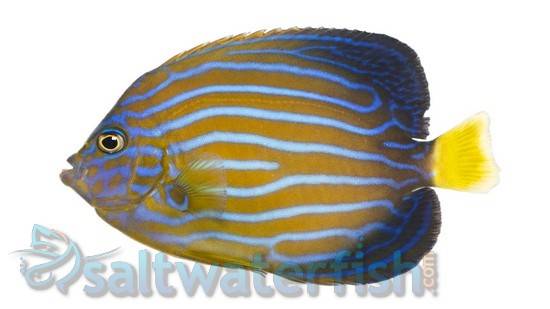Blue Line Angelfish, Size 1.25 – 1.75 inch
Chaetodontoplus septentrionalis
Original price was: $1,196.99.$714.99Current price is: $714.99.
Chaetodontoplus septentrionalis, also known as the Northern sunburst angelfish, is a species of marine fish that is found in the tropical Western Atlantic Ocean, specifically in the Caribbean Sea. It is a member of the Pomacanthidae family, which includes other angelfish species. The Northern sunburst angelfish is a medium-sized fish that can reach up to 30 centimeters (12 inches) in length. They are known for their bright coloration, which can be yellow, orange, and blue, with a distinct blue ring around the eyes and blue spots on the dorsal and anal fins. Juveniles are black with blue spots. These fish are typically found in rocky reef environments and are known to be territorial. They feed on a variety of invertebrates, including sponges, tunicates, and corals. Northern sunburst angelfish are popular in the marine aquarium trade and are considered to be hardy fish suitable for experienced aquarists.
Out of stock


Reviews
There are no reviews yet.